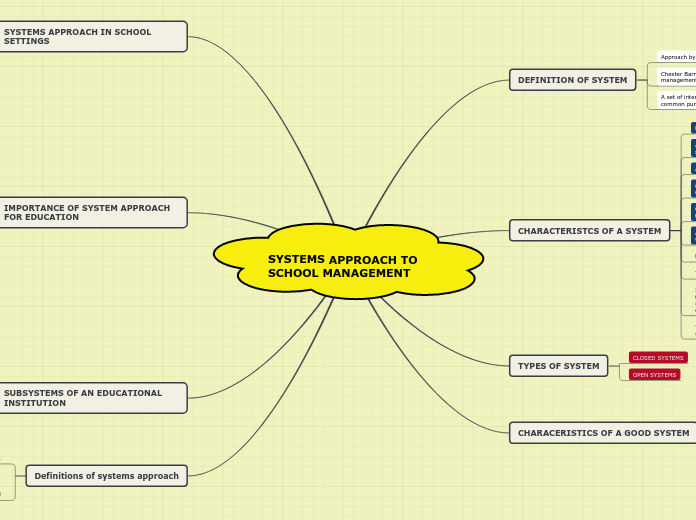по ILLUNI ISLAMIAH 4 лет назад
803
SYSTEMS APPROACH TO SCHOOL MANAGEMENT
A systems approach to school management emphasizes the interconnectedness of various parts within an educational organization, aiming for a cohesive operation towards common goals. This approach integrates principles like effectiveness, efficiency, dependability, and flexibility to ensure optimal performance.









